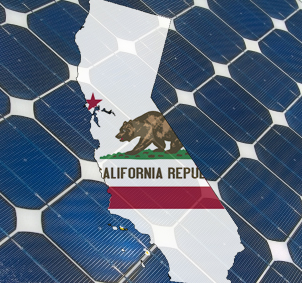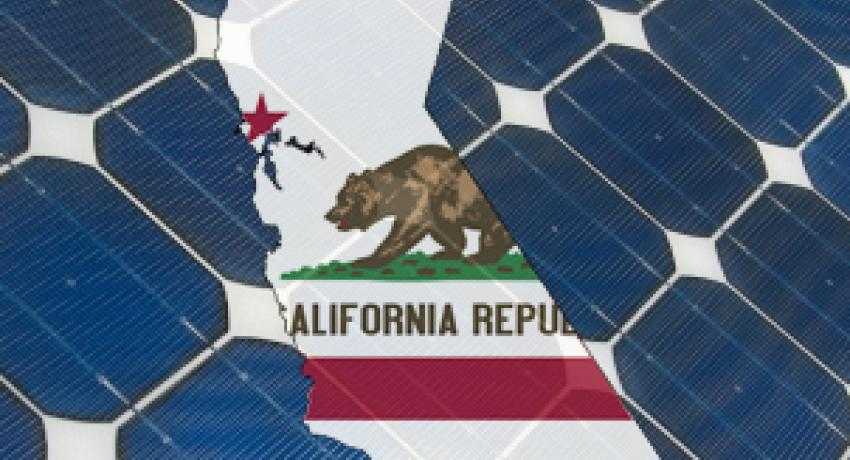Report: New power pricing could drive down carbon emissions
 California legislators need to start looking beyond 2020 if the state is to meet its carbon emission reduction goals, according to a Next 10 report released this week.
California legislators need to start looking beyond 2020 if the state is to meet its carbon emission reduction goals, according to a Next 10 report released this week.
The state aims to reduce its carbon emissions by 80 percent from 1990 levels by 2050.
“It’s an ambitious goal,” said Next 10 founder Noel Perry. “While there are different ways of getting there, it’s clear innovation and truly transformative policies are needed.”
Next 10 is a nonpartisan organization that reports on the intersection of California’s economy and environment. In a separate capacity, the company also helps to develop the state’s budget.
Legislators will have to incentivize greater electrification and change the way electricity is priced in order to bring down carbon emissions, according to Lee Friedman, economist and Professor of Public Policy at the Goldman School of Public Policy, University of California at Berkeley.
Friedman authored the Next 10 report titled: Electricity pricing and electrification for efficient greenhouse gas reduction.
Friedman said it’s essential for lawmakers to start talking now about policy to guide continued green house gas emissions reductions in the future. Most current legislation ends by 2020 if it doesn’t sunset before then.
“We want policies in place that keep us on the path,” Friedman said. “In the long-run, it’s extremely important for investors to know now – is it worth it to invest in a solar system.”
And that depends on policy.
He proposes that reducing greenhouse gases will depend largely on people electrifying things that currently run on fossil fuels, like their vehicles. But the feasibility of that depends significantly on how much electricity costs and how it’s priced.
He suggests the electricity be more accurately priced based on the real cost of service.
“The marginal cost might only be 5 cents per kilowatt hour,” Friedman said. “But the rate does not change based on time of day, so many residents are pay 30 cents even when they’re consuming energy in the middle of the night.”
Charging for power based on the time of day, would make owning an electric vehicle more appealing, Friedman said, because owners could charge the car at night when power is least expensive.
It would also influence homeowner’s decisions about going solar because they could offset their electricity consumption when it’s at its most expensive.
Beyond time of use pricing, Friedman said utility companies should be allowed to raise electricity rates to account for the carbon signal price they have to pay for their carbon emissions in electricity generation and then pay rebates to consumers at the end of the year. Charging the full cost of the electricity would increase rates and make the payback period for solar installations shorter, he said.
Friedman is optimistic that California lawmakers will soon begin discussing policy for the “net 10” years after 2020 soon.
“The air resources board develops a scoping plan every five years,” he said. And a plan is due at the end of this year. “If we can get the air resources board to talk about the importance of any of these issues, that can greatly influence the legislation.”




